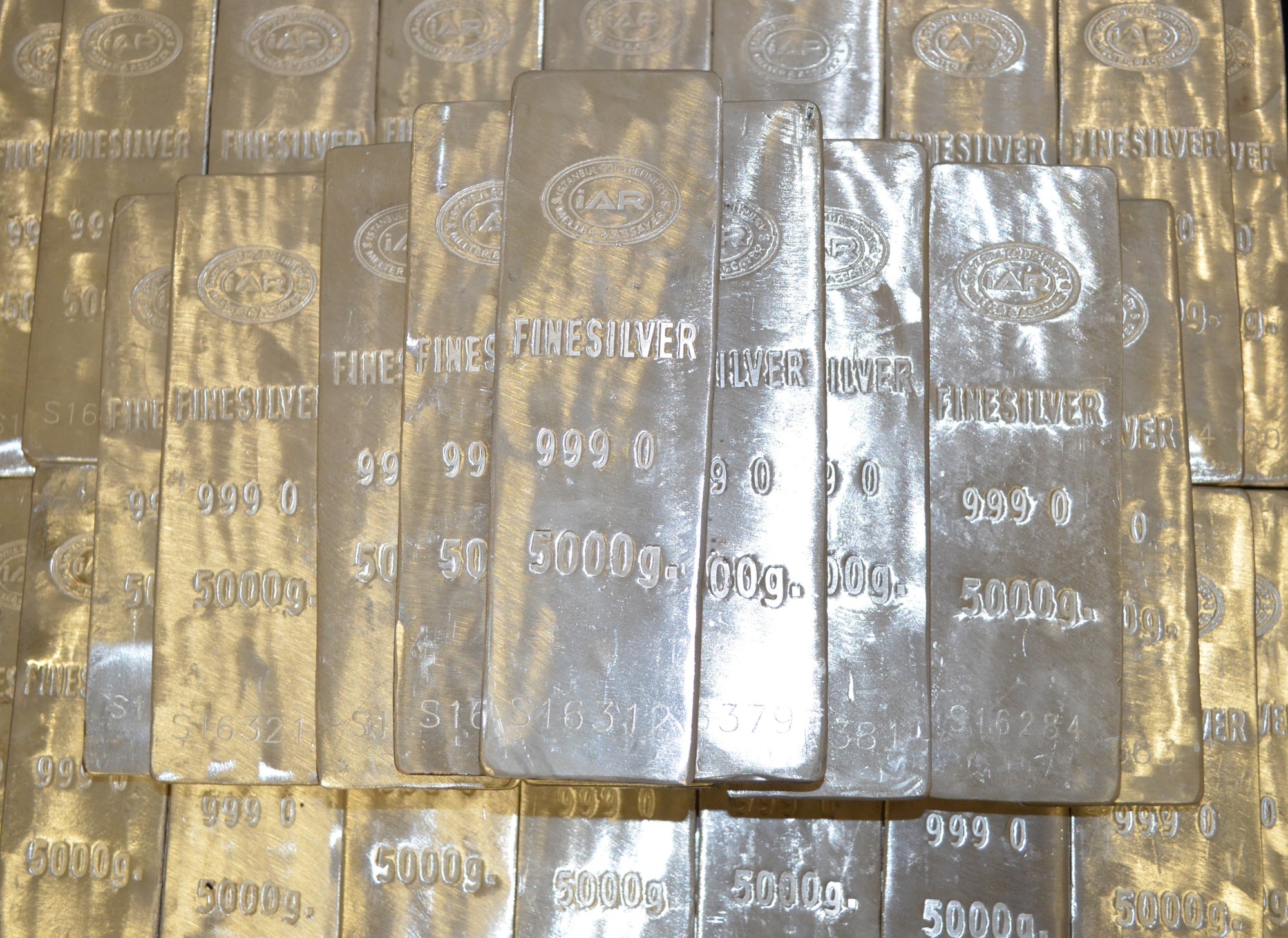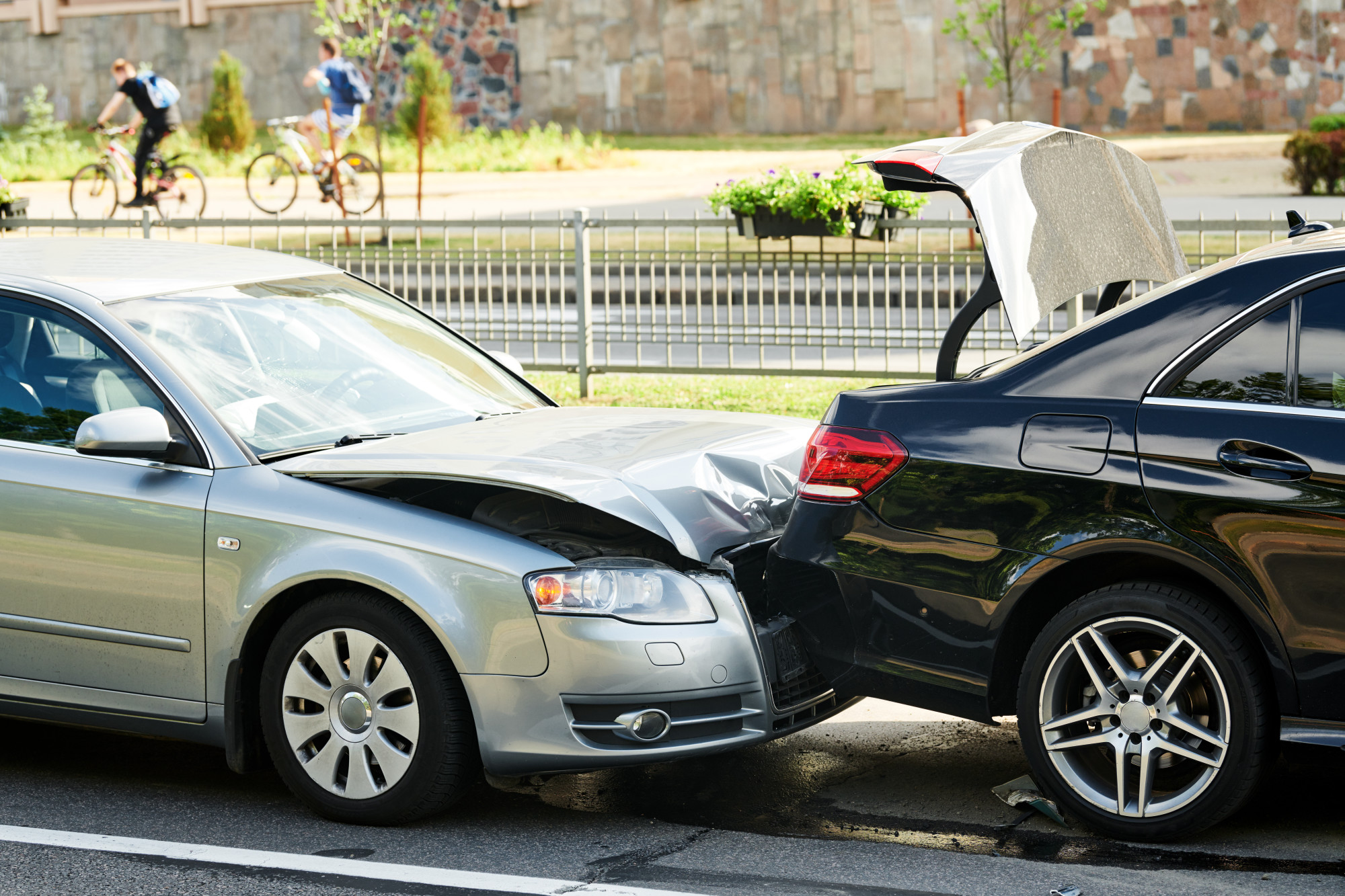A Brief History of Military Challenge Coins

There are 22 million living veterans and 1.4 million people serving in the U.S. armed forces. Most of these people will know what a challenge coin is. Most outside of the armed forces won’t.
Even people with a military background may not know much about the small coins or medallions used to indicate membership of the armed forces.
Read on to learn about the history of military challenge coins.
Early History of Military Challenge Coins
Coins or medals have been presented as a recognition for valor since Roman times. They commemorated the bravery of a soldier. Sometimes they commemorated a special occasion or victory.
During the American Civil War, soldiers would sometimes keep a coin from home on them as a token to remember their friends and family. After the conflict was over, the coin would be kept as a good luck talisman. After all, they had survived with it through many battles.
World War I
Challenge coins are believed to have become more popular during the First World War. The story of a coin saving the life of an American soldier encouraged others to regard the coins as important symbols of service and good luck.
It is believed that a high ranking military official had bronze medals made, which he gave to his men. The story goes on to describe how the unique symbol represented the squadron in which the men served. The entire unit carried the coins with them.
When one of the men was captured by the Germans and stripped of his possessions he retained the coin. It later saved his life as he used it to confirm his identity. Challenge coin design has continued to be about identity and belonging.
World War II
Some say the history of the challenge coin took a major step forward in popularity during the Second World War. Coins were reputed to be made to verify the holder was who he said he was. Producing the correct coin would indicate that the holder was not a spy.
Replicating a coin with the right information on it was difficult for spies to do in wartime France. A custom coin could, therefore, act as a means of challenging suspected infiltrators. Perhaps this is an early reason why the coins became known as challenge coins.
Post War Challenge Coin History
After the war in Germany, American soldiers took to keeping the smallest coin, the pfennig, on them. If a buddy called “pfennig check” any soldier who could not show their pfennig coin, was expected to buy everybody a drink. Carrying a coin became necessary to avoid a hefty drink bill.
The tradition may have taken hold among special forces in Vietnam and then spread to other units. Challenge coins were being minted to represent individual units. Each coin represented the identity of the unit.
A Colonel Green in the 1960’s had a coin minted with a crest and motto representing his unit. By the 1980’s minting, awarding, and carrying challenge coins became widespread. As units wanted their own coins the range of coins increased.
Recent History
Some variation of the challenge coin tradition exists in all areas of the U.S. armed forces. They even exist in other walks of life. The fire services, law enforcement, and even the United States Congress now have them.
Challenge coins are awarded to members of some organizations in recognition of membership. The exclusivity of the organization is emphasized by the fact that only members are presented with the coin.
Challenge coins are sometimes minted and sold to mark as part of a fundraiser. They can be used to represent a group, business, charity, cause, event or to recognize service.
Why Carry a Challenge Coin?
Carrying a challenge coin originally represented the bond between soldiers and their unit. This was the original purpose of military coins.
More recently as challenge coins have become more popular and widespread they recognize a bond with all types of groups or causes. Carrying the coin is about belonging and camaraderie.
When Commanders began to use the challenge coin as an instant reward for exceptional service, the coin became something more. It was a way of raising morale and recognizing achievement. Carrying the coin was about pride and respect.
There is a further important reason for carrying a challenge coin. If challenged to produce a challenge coin you must produce it or buy the next round. You may be challenged at any time.
The custom also has an upside. If everybody in the group produces a challenge coin, the challenger must pay up for the round of drinks. So, carrying a challenge coin doesn’t just mean you avoid an expensive round of drinks. You might get a free drink too.
Owning Challenge Coins
The history of the challenge coin is so interesting, you want to know how to get a military challenge coin.
Having a challenge coin made is relatively easy and inexpensive. You can design and order coins in small or large quantities. You may give them to employees, members of your organization or sell them perhaps to raise money for a charity.
In the tradition of military challenge coins, you may have coins made to commemorate a deployment or some other event in your military career. They can be an attractive and unique way of marking a shared military experience.
You may be interested in owning collectible military challenge coins. You may be wondering how much are military coins worth. As with all collectibles, value varies with rarity, who wants to buy the coin and how much someone is prepared to pay for it.
A further consideration is the problem of authenticity. Be suspicious of too good to be true claims. You could find a bargain on sale at a flea market or online but check out the backstory and verify it if you can.
Want to Know More?
The history of military challenge coins is interesting. Whether the coins are old and rare or new and inexpensive, they are fascinating objects. They can signify great historic events, human virtue, and even tragedy.
Creating your own challenge coins can be fun too. Click to learn more about challenge coins.



